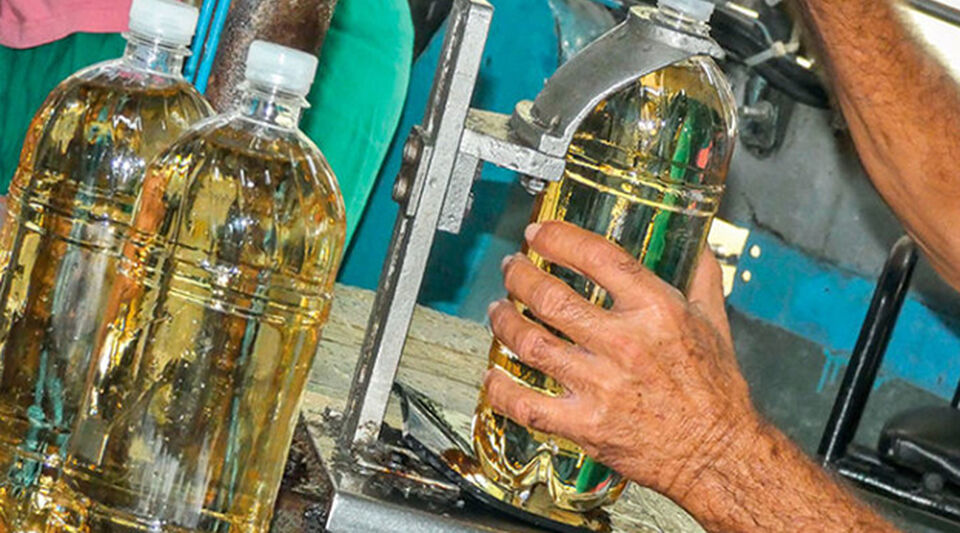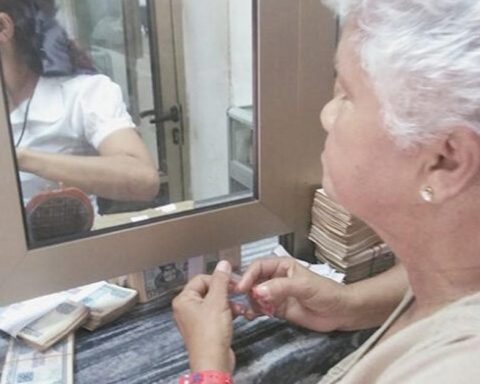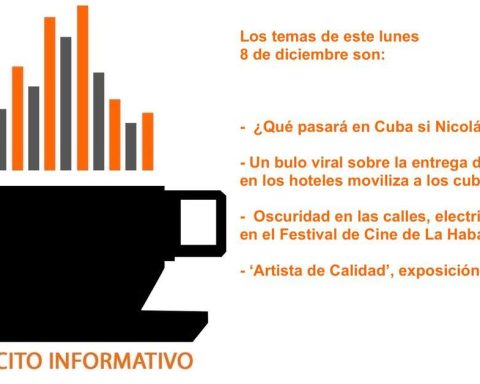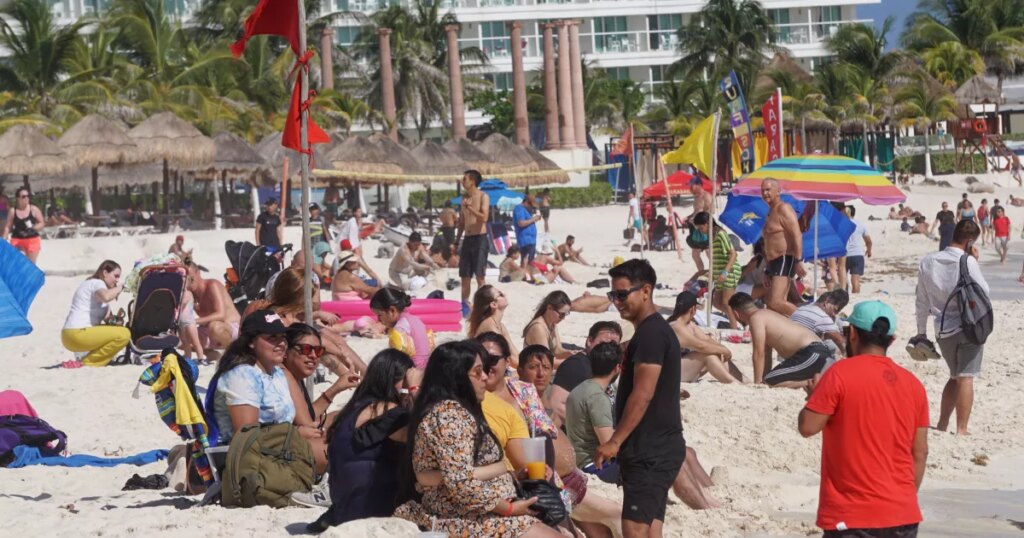The plastic containers that were not used for the oil, due to the low national production, were used to store the rum that the Cuban Government distributes to families at the end of the year festivities. The elaboration of the alcoholic beverage is one of the few production lines that are fulfilled according to the plan, with results above 4.5 million liters.
In a note from the official newspaper workers published on December 25, predicts that the rum industry will conclude this Wednesday with “great productive effort” the manufacture of the drink, which is distributed in a regulated manner to more than four million family nuclei on the Island to “celebrate the end of year”.
Rum seems to be the product that will not be needed on the tables of Cuban families this year, while the production of pork and chicken meat cannot keep up with the demand. Last week, the line of Cubans waiting to buy at the state store on Melones street, in the Havana neighborhood of Luyanó, for example, exceeded two thousand people.
The productive apparatus under the tutelage of the regime is unable to comply with the delivery of basic foods for a healthy diet for Cubans, but it does manage to finish the plan for the production of alcoholic beverages. The shortage of milk, bread, fruits, vegetables and other products for daily use is increasingly palpable in the markets, pushing more people to leave the Island.
Rum seems to be the product that will not be needed on the tables of Cuban families this year, while the production of pork and chicken meat cannot keep up with the demand
This production will generate “plurality of criteria,” says the newspaper, which acknowledges that for “some it will not be a mission accomplished” until the product has a permanent presence on store shelves. For the “great majorities,” he continues, they will see the results as a very good strategy because “we can all buy, at least once a year, drinks that Cubans like.”
In Havana, the Provincial Drinks and Soft Drinks Company began the production of 730,000 liters of rum on December 5 and was scheduled to conclude this Monday, said Nilda López López, director of the state company. According to the text, the product will be distributed in the 1,647 commercial units of the capital province.
The director indicated that both in the production and distribution of the rum they had the help of other state institutions to comply with the agreed figures, and among those involved were Comercio y Confitera Habana, Guido Pérez Brewery, Mayabeque Drinks, Molinería and Alibec.
“The container, PET-type plastic bottles, of 1 and 0.5 liters, were supplied by the Havana oil company, the Ciego de Montero soft drink company and the Villa Clara Industrial Military,” he confirmed. This fact has not gone unnoticed by Cubans who, between mockery and complaints, point out on social networks that it is a “shame” and a “bad Cuban taste.”
For its part, the Western Rum Factory, the largest manufacturer in the capital, reactivated its production after an interruption in the plant because they did not have alcohol for the mixtures or plastic knobs, confirmed Yovayne González, director of this Base Business Unit. The official explained that, given the shortage of supplies, they decided to manufacture the entire drink with 34 degrees of alcohol under the Ronda brand.
“We have done it without delaying in the manufacture of the Legendario rum range, intended for export, which is our main product. This year we were able to fully satisfy our commitments abroad,” González told Trabajadores.
Official numbers suggest that between 7% and 10% of the population have alcoholism problems, a figure that can skyrocket due to undiagnosed cases
The Metropolitan UEB was not left out, added Matha María Perdomo, head of production, who assured that every day some 25,000 liters of rum are bottled at the plant where regular collaborators, office workers and non-managers have joined the work to make the alcoholic drink. “Without forgetting the soda and syrups that we have committed to,” she added.
The same government considers worrying alcohol consumption on the island and its repercussions on the health of Cubans. The latest National Health Survey, carried out between 2018 and 2020, revealed that 73% of the people consulted had consumed drinks of this type in the previous 30 days, a percentage higher than the 67% of the 2010 study.
“Unfortunately, it is also appreciated that 68% began to consume alcohol between the ages of 10 and 19,” said the Minister of Public Health, José Ángel Portal Miranda, during the presentation of the results of the survey last July. Official numbers suggest that between 7% and 10% of the population have alcoholism problems, a figure that can be triggered by undiagnosed cases in regions of the country where recreational offers are scarce.
The World Health Organization (WHO) warns that alcohol abuse, like tobacco, causes various public health problems, such as digestive disorders due to lack of use of vitamins, gastric ulcers, liver lesions or pancreas, as well as hepatitis or liver cirrhosis, among other diseases that impair people’s quality of life.
________________________
Collaborate with our work:
The team of 14ymedio He is committed to doing serious journalism that reflects the reality of deep Cuba. Thank you for accompanying us on this long road. We invite you to continue supporting us, but this time making you a member of our newspaper. Together we can continue transforming journalism in Cuba.














